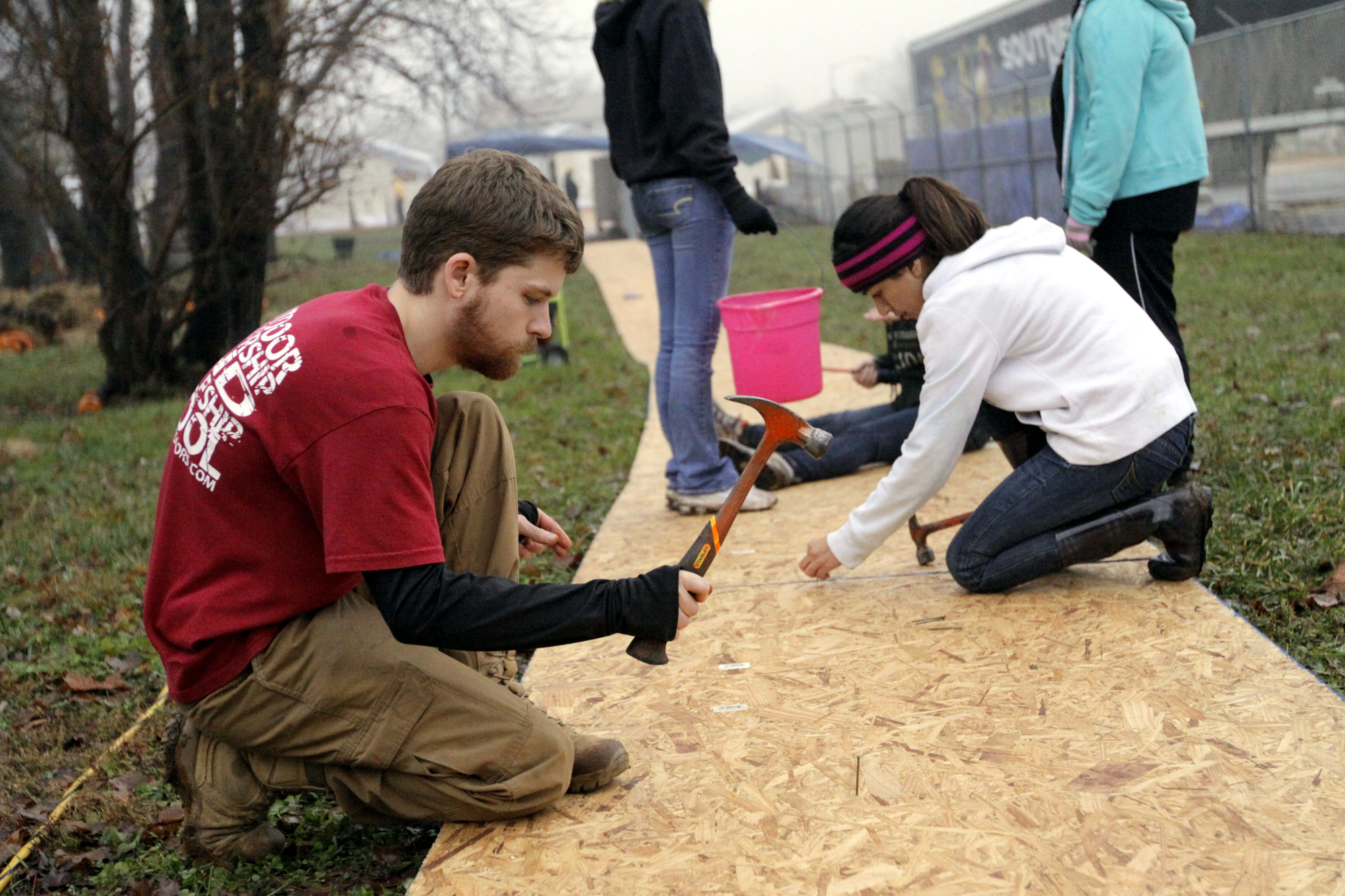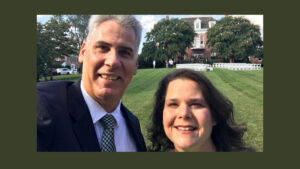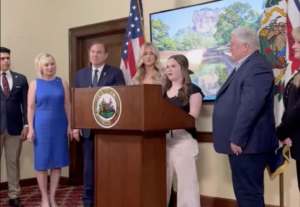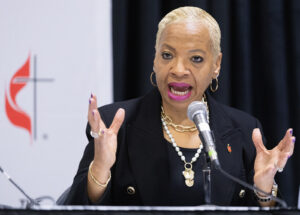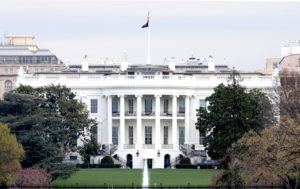
NEW YORK, N.Y. (BP) — Southern Baptist college students are spending their winter breaks making homes livable again for residents spending Christmas in dwellings damaged by superstorm Sandy.
About 325 students are working with Southern Baptist Disaster Relief efforts through Jan. 22 on Staten Island and in other affected areas. At least 27 groups of students will gut homes, haul debris and minister while living in a tent village at Staten Island’s Zion Lutheran Church.
“I love helping people,” Florida collegian Patricia Lally said, “and telling them about Jesus.” Lally, a student from Baptist College of Florida in Graceville, was part of an early-arriving group of students who built living quarters for subsequent groups and began mud-out efforts with Alabama disaster relief volunteers.
This represents a new level of student involvement in SBDR efforts, laying a groundwork for the next generation of people involved in the critical ministry. Last year more than 300 Liberty University students worked in an SBDR response following Hurricane Irene in upstate New York.
“College students have a strong desire to be involved in these types of opportunities,” Fritz Wilson, NAMB’s SBDR executive director, said. “And it’s a way for us to invest in students and get them interested in disaster relief for the rest of their lives.”
Wilson also said the college students are providing a much-needed cadre of volunteers during the holidays.
With service times lasting a week, students will fill a need left by traditional DR volunteers who have spent more than a month in the area.
“Many of our regular volunteers who’ve been responding for over a month simply have used up a lot of their [vacation] time,” Wilson said. “The college students are willing to say, ‘I can carve out this week’ during their winter breaks and still spend the holidays with their families.”
The unconventional approach of involving student groups shows how flexible DR teams have to be. Finding space to house students has required building a tent community in the side yard of Zion Lutheran.
In addition, many of the groups will receive training shortly before or even during their journeys to the area. On-site, they will be guided by experienced SBDR mud-out leaders.
“We’ve had to think through how to contextualize the standard DR training material for younger generations,” Wilson said.
The needs that exist after Sandy continue to grow as residents recover their belongings and resume their lives in the midst of still-visible devastation.
The Baptist State Convention of New York and the Metropolitan New York Baptist Association provided significant help by locating areas of need and staging areas. But Wilson said logistical challenges and the difficulties of connecting with communities revealed how much work is left in the area for DR assistance.
Through the collegiate SBDR work, Southern Baptists also are tapping into new opportunities for church planting and other ministry in metro New York City.
“What the college students are doing in this case is providing us with a big presence in an area where, quite honestly, we haven’t historically had a lot of Southern Baptist work,” Wilson said.
Since Sandy made landfall, SBDR volunteers have served 1.75 million meals, cleaned debris from nearly 900 homes and made 4,300-plus ministry contacts. Volunteers have shared the Gospel with some 775 people resulting in more than 80 professions of faith.
But the long-term Gospel impact SBDR volunteers are having on New York will reveal itself in the weeks, months and years to come, leaders said.
“The response of these student volunteers to the Northeast not only is building our ability to respond to disaster, but it’s also building in these younger volunteers a greater understanding of mission work in North America,” NAMB President Kevin Ezell said.
From its disaster operations center in Alpharetta, Ga., NAMB coordinates and manages Southern Baptist responses to major disasters through a partnership between NAMB and the Southern Baptist Convention’s 42 state conventions, most of which have their own state disaster relief programs.
SBDR assets include 82,000 trained volunteers, including chaplains, and some 1,550 mobile units for feeding, chainsaw, mud-out, command, communication, childcare, shower, laundry, water purification, repair/rebuild and power generation. SBDR is one of the three largest mobilizers of trained disaster relief volunteers in the United States, along with the American Red Cross and The Salvation Army.
Southern Baptists and others who want to donate to the disaster relief operations can contact their state conventions or contribute to NAMB’s disaster relief fund here. Other ways to donate are to call 1-866-407-NAMB (6262) or mail checks to NAMB, P.O. Box 116543, Atlanta, GA 30368-6543. Designate checks for “Disaster Relief.”
–30–
Adam Miller writes for the North American Mission Board. Get Baptist Press headlines and breaking news on Twitter (@BaptistPress), Facebook (Facebook.com/BaptistPress ) and in your email ( baptistpress.com/SubscribeBP.asp).
